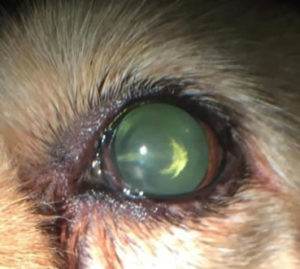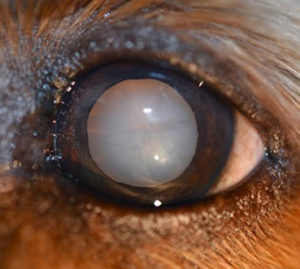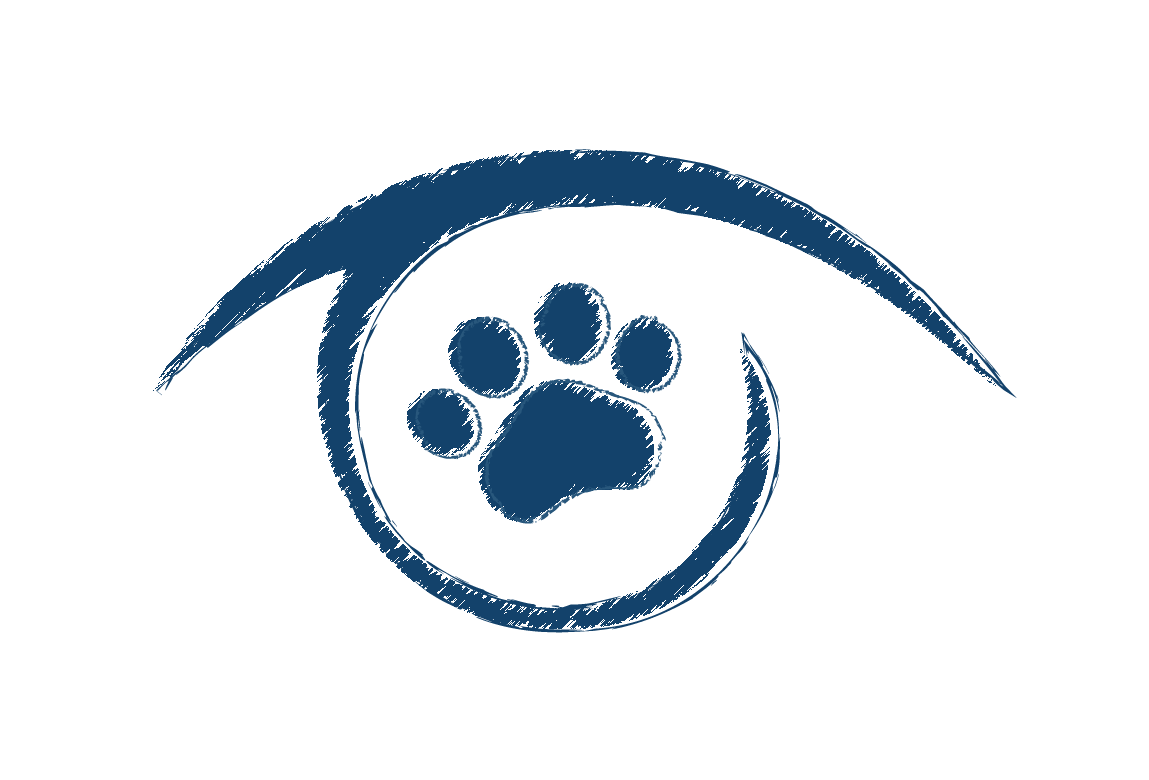Q. What are cataracts in dogs?
Cataracts in dogs are opacities or white areas in the lens. The lens is normally crystal clear and focuses light for dogs to see things clearly. If there are white areas, the lens can’t focus properly, so your dog gets blurred vision or decreased vision. Some dogs even go blind from cataracts.
Q. What causes cataracts in dogs?
In dogs, genetics or diabetes causes cataracts. In cats, other eye diseases may cause cataracts. Cataracts are fairly uncommon in cats, so usually, it’s just dogs that form cataracts. Cataracts cause the lens protein to change from a clear to white, similar to how an egg changes from clear to white when it is cooked.
Q. What do cataracts in dogs look like?
Cataracts in dogs cause the lens to go completely white or have white spots in it. Depending on how large the cataracts are, dogs may have normal vision or be completely blind. Sometimes, your dog’s vision decreases over time as the cataracts get bigger.
Q. What other dog eye problems are caused by cataracts?
Cataracts in dogs can also cause other eye problems like inflammation inside the eye or glaucoma. It’s important to treat other dog eye problems cause by cataracts to help keep your pet comfortable. Dr. Davis will perform a complete pet eye examination and discuss all of your dog’s (or cat’s) eye conditions with you.
Q. How are cataracts in dogs treated?
Just like human cataracts, dog cataracts require surgery for removal. There aren’t any drops that cure cataracts. During dog cataract surgery, the cataracts are removed using powerful ultrasound energy. Then, a new, artificial lens is placed. The new lens gives pets normal vision. If you would like to know more about cataract surgery or if your pet is scheduled for a cataract evaluation, learn more here.
We would love to meet your pets and talk with you about any eye condition your pet may have. Come visit us!
Cataracts in Dogs – Photos

This is an example of a small cataract (white area in the center). This cataract is not causing any vision problems.

This is a complete cataract affecting the entire lens. This cataract is causing blindness and requires surgery for removal.

This little dog has had cataract surgery. The new lenses makes the eyes look normal again and he can see again! He is quite happy about that.


